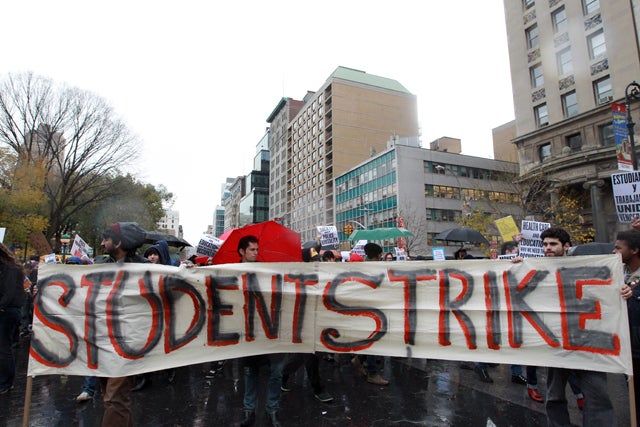Last week, the Senate passed a bill that would peg interest rates on federal student loans to Washington’s cost of borrowing (the Treasury rate) plus 2.05 percent. The bill also caps interest rates at 8.25 percent in the event they rise in the coming years. The House has praised the move, meaning it is likely to become the law.
While this may make students happy, there are some serious policy limitations that should have taxpayers concerned:
- Capping interest rates is bad policy. Any proposal to reform federal student lending that attempts to be more market-based should be uncapped. When markets improve, and these rates rise, they hit a cap at 8.25 percent. So if the market rate would have meant interest rates of 9.5 percent, the cap prevents them from actually reflecting that market rate.
- It eschews fair-value accounting. The current proposal lacks any requirement for interest rates to be set according to fair-value accounting. Any federal student loan program should use a non-subsidizing interest rate—i.e., the rate at which the program breaks even—to make sure the proposed 10-year Treasury rate plus 2.05 percent interest rate isn’t creating a taxpayer-financed subsidy.
- It does not help to reduce college costs. The deal on student loan interest rates does not fundamentally solve the college cost problem. Once again, the policy provides access to easy money for students, enabling universities to continue to raise tuition.
- While this may provide some relief for students, the interest rate debate is a shiny object distracting policymakers from larger higher education cost issues. Allowing the rates to stay at the current 6.8 percent isn’t the burden on students and recent graduates the Administration and many on the left make it out to be. The new rate only affects new borrowers; no students who took out loans prior to July 1, 2013, will be affected. Even for those students who fall under the current 6.8 percent rate, the difference they will pay per month is estimated to be between $20 and $40.
President Obama should have taken the opportunity in his speech this week to champion reforms to the ossified accreditation system, given a nod to low-cost degrees that are under development in the states, and most importantly, talked about winding down federal intervention in the student loan market by limiting access to easy money in order to put pressure on universities to lower costs.




























